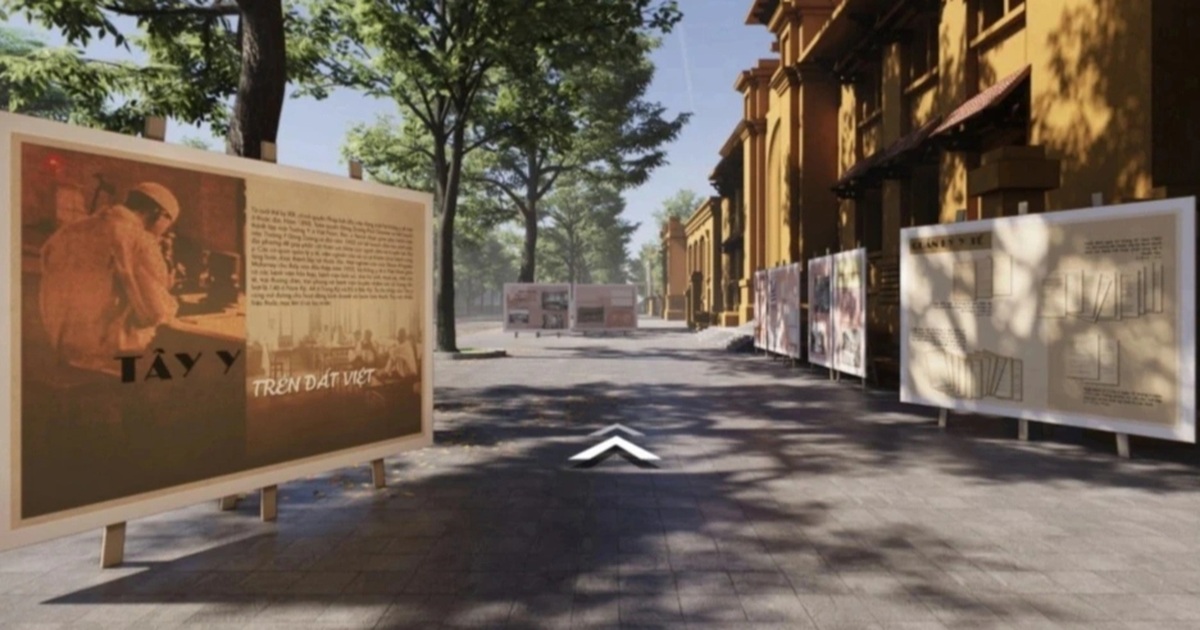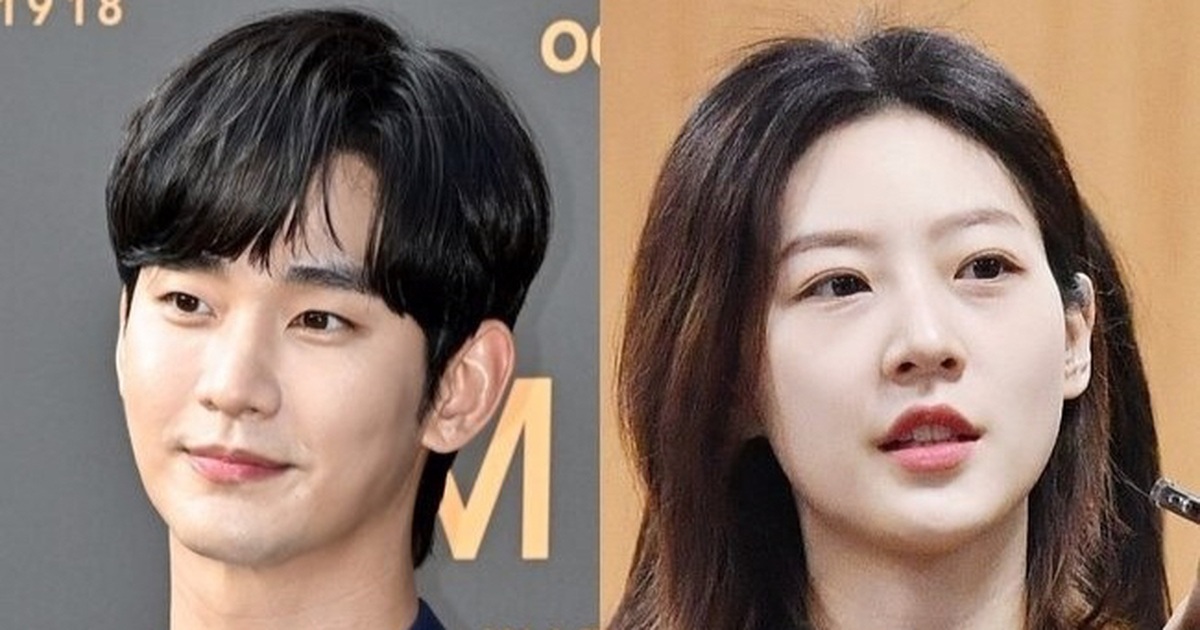An online 3D exhibition on Nguyen Dynasty medicine, “Connecting East and West Medicine,” offers a deep dive into Vietnam’s medical history during this period. Commemorating the 70th anniversary of Vietnamese Doctors’ Day, the 130th anniversary of Nha Trang Pasteur Institute, and the 100th anniversary of Hanoi Pasteur Institute, the exhibition showcases traditional medicine and the integration of Western medicine, with over 300 valuable documents and images.
The Unique Fusion of Eastern and Western Medicine in the Nguyen Dynasty
The exhibition is divided into three main sections: Traditional Vietnamese Medicine, Nguyen Dynasty Medicine: Bridging East and West, and the Introduction of Western Medicine to Vietnam. Through abundant historical materials, the exhibition provides a comprehensive view of Vietnam’s medical development, from traditional East Asian medicine to its integration with Western medicine during the Nguyen Dynasty.
Traditional Vietnamese Medicine Through History
The exhibition begins by showcasing Vietnam’s rich tradition of herbal medicine and folk remedies, tracing its roots back to the Hung Kings. Interaction with China during the period of Northern domination significantly influenced Vietnamese medicine. In the independent periods, Vietnamese traditional medicine flourished, featuring prominent physicians and important medical texts such as Y hoc yeu giai tap chu di bien, Nam dược thần hiệu, and Hong Nghia giac tu y thu.
Medical texts by renowned figures like Chu Van An, Tue Tinh, Hoang Don Hoa, Trinh Don Phác, Nguyen Quang Tuan, Lê Huu Trac, and Nguyen Gia Phan, particularly the Hải Thượng Lãn Ông y tông tâm lĩnh, document the extensive knowledge and value of traditional Vietnamese medicine. Historical images and documents vividly illustrate this development.
Nguyen Dynasty Medicine: Bridging East and West
The Nguyen Dynasty marks a crucial period in Vietnamese medical history, with the significant integration of Western medicine. Emperor Gia Long established the Thai Y Vien to care for the health of the royal family and the people, while managing national health activities. The establishment of the Lyuong Y office in each province ensured local healthcare. During Emperor Tu Duc’s reign, medical training received considerable attention.
The exhibition vividly illustrates this integration. The emergence of Western medicine in the royal court and Vietnamese life created a fascinating blend of tradition and modernity. The exhibition also details the development of the Nguyen Dynasty’s healthcare system, showcasing the construction of hospitals, maternity homes, clinics, relief centers, asylums for the insane and lepers, and infectious disease hospitals.
The Arrival and Growth of Western Medicine
The arrival of the French and the development of Western medicine in Vietnam marked a turning point. In 1898, Governor-General Paul Doumer initiated the establishment of the Indochina Medical School. This school trained local medical personnel, significantly contributing to public health improvement and the dissemination of Western medicine.
Following the establishment of French political structures, the French gradually developed a new healthcare system. This opened the way for the growth of Western medicine commerce and the proliferation of pharmacies across the country. Exhibition materials clearly depict this integration.
Conclusion
The “Nguyen Dynasty Medicine: Connecting East and West Medicine” exhibition provides a comprehensive view of Vietnam’s medical history, from traditional East Asian medicine to its integration with Western medicine during the Nguyen Dynasty. This exhibition is not only a commemorative event but also a valuable resource for researching medical history and educating the community. Explore this online 3D exhibition at [archives.org.vn/facebook.com/luutruquocgia1] to learn more.
(Image: Central National Archives of Vietnam)
(Image: Central National Archives of Vietnam)



